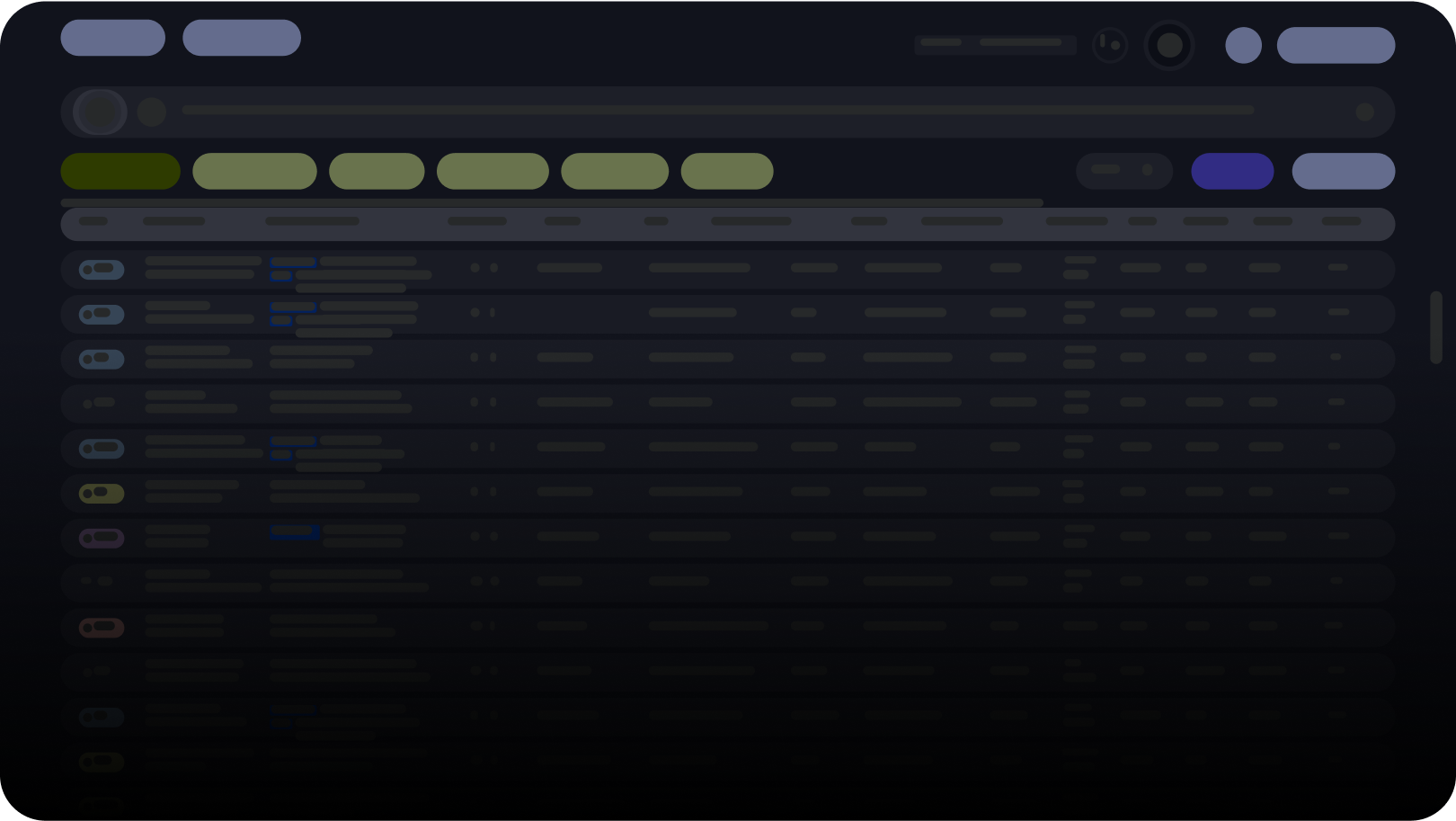
Industry
Health-Tech
Duration
32 Weeks
Status:
Live – anantradio.com
Project Type:
Internal SaaS Product
Scope
- Full-cycle
- Strategy
- Design
- Development
- QA
- Deployment

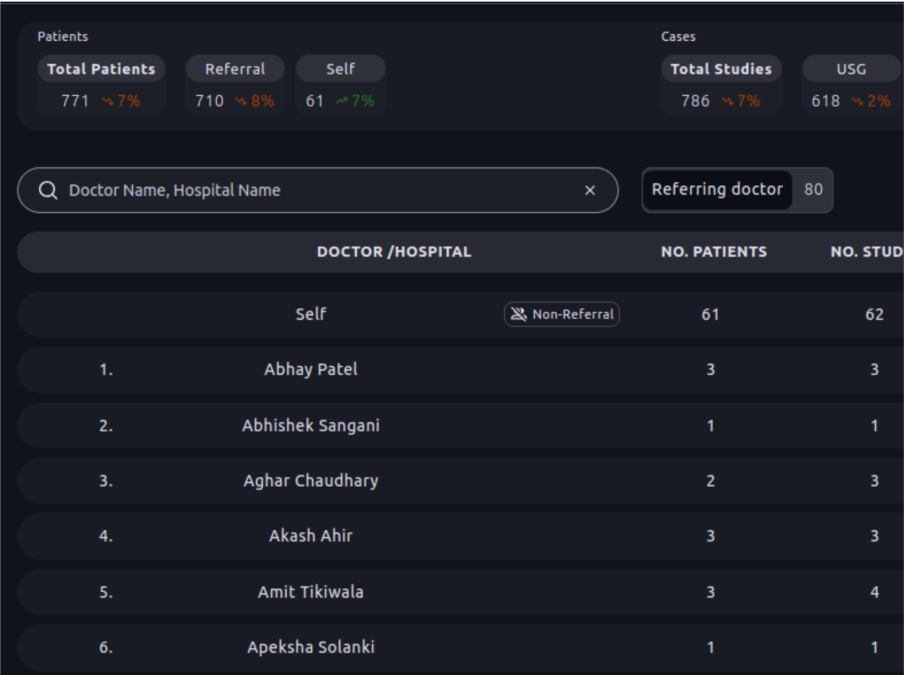
The Challenge
India’s small and mid-sized diagnostic clinics often rely on legacy desktop software that’s clunky, disconnected, and poorly designed. These tools create bottlenecks in patient handling, data management, and billing — especially when real-time updates, multi-role access, and cloud compatibility are essential. We envisioned a modern platform that empowers radiologists, improves operational clarity, and puts the patient experience first.
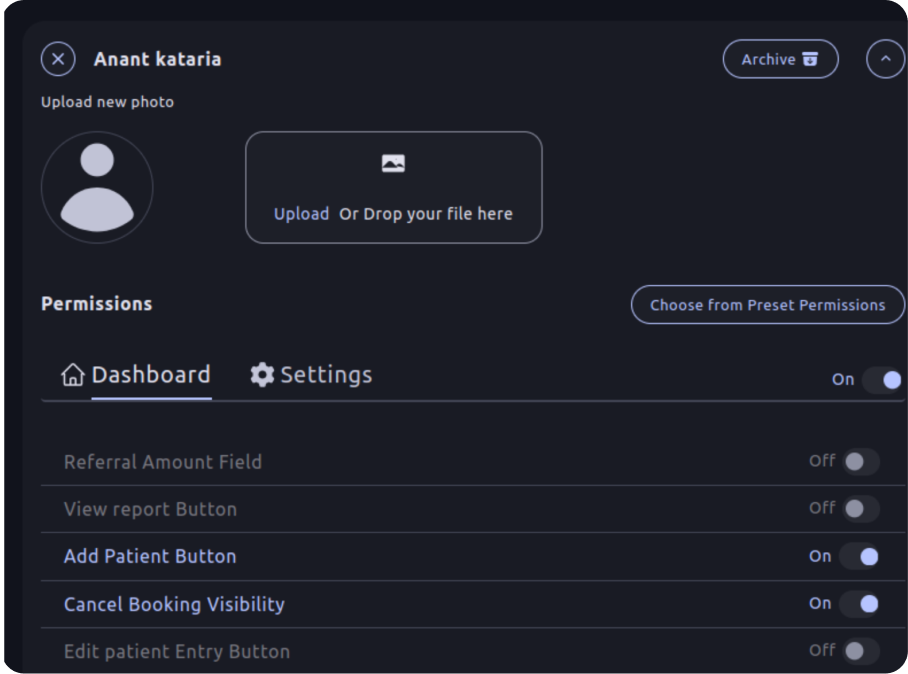
Research, Discovery
Before we wrote a line of code, we spoke directly with radiologists and clinic managers. We uncovered the need for a centralized yet modular system that could handle OPD, patient queues, report generation, and billing — all from a single dashboard. The opportunity wasn’t just to rebuild old tools — it was to rethink radiology workflows with the user at the center.
Design Highlights
Our UX team worked in sprints using the Design Thinking framework. After mapping clinic workflows, we designed interfaces for every user type: radiologists, technicians, admins, and reception staff.
Key UX Wins:
- Realtime dashboards for patients, queues, and scans
- Color-coded patient states and quick actions
- Role-based UIs for staff (Doctor, Admin, Receptionist)
- Dark/light mode and low-bandwidth optimization
- Mobile-friendly design for clinic staff on the go
We focused on clarity, hierarchy, and speed — interfaces that reduce clicks, minimize errors, and work in low-connectivity clinics.
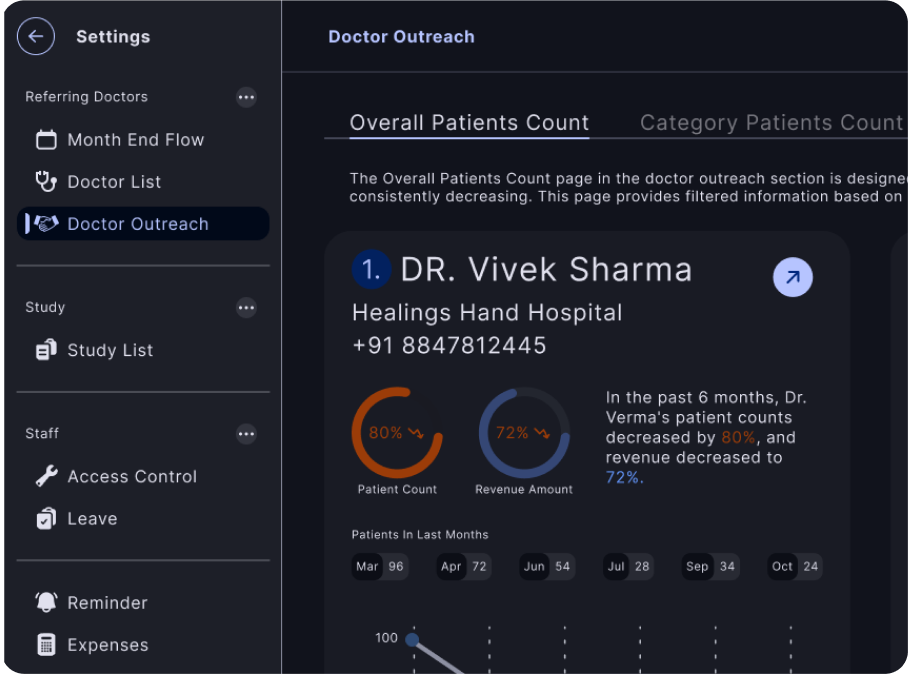
Backend Development Stack & Architecture
The system architecture needed to support both synchronous hospital workflows (e.g., fetching records) and asynchronous tasks (e.g., generating reports, reminders). Our backend team chose Django for its scalability, security, and rapid development capabilities.
Technologies Used:
- Framework: Django
- API Layer: Django Rest Framework (DRF)
- Live Dashboards: Django Channels + Socket.IO
- Server Handling: ASGI, Daphne, WSGI
- Task Queues: Celery + Redis + Celery Beat
- PDF Reports: FPDF2
- Testing Pytest for unit, integration, and API testing

Key Solutions & Innovations:
- Real-time queues using Django Channels + WebSockets
- Async & Sync support for seamless multi-user interaction
- Distributed task processing with Celery for reports, reminders, and billing
- Standardized reports with server-side PDF generation
- Secure REST APIs for scalable frontend and third-party integration

Frontend Development Stack & Features
The frontend needed to be responsive, fast, and clean — enabling users with varying tech literacy to complete tasks confidently. Built with React and Vite, the interface delivers instant feedback and elegant transitions.
Technologies Used:
- Core Stack: Vite + ReactJS
- Styling: TailwindCSS + Module CSS
- State Management: Redux
- API Layer & Caching: Redux Toolkit Query (RTK Query)
- Animations: Framer Motion
- Graphs: Chart.js for analytics
- Text Editor: TinyMCE
- Screenshot Tools: Html2Canvas for live previews
- Testing: Jest

Key Solutions & Innovations:
- Role-based dynamic UI for doctor vs. admin vs. staff
- Modular page system with 60+ componentized screens
- Live analytics via Chart.js and caching with RTK Query
- Animated transitions with Framer for a premium UX
- Rich document editing with TinyMCE and Html2Canvas previews

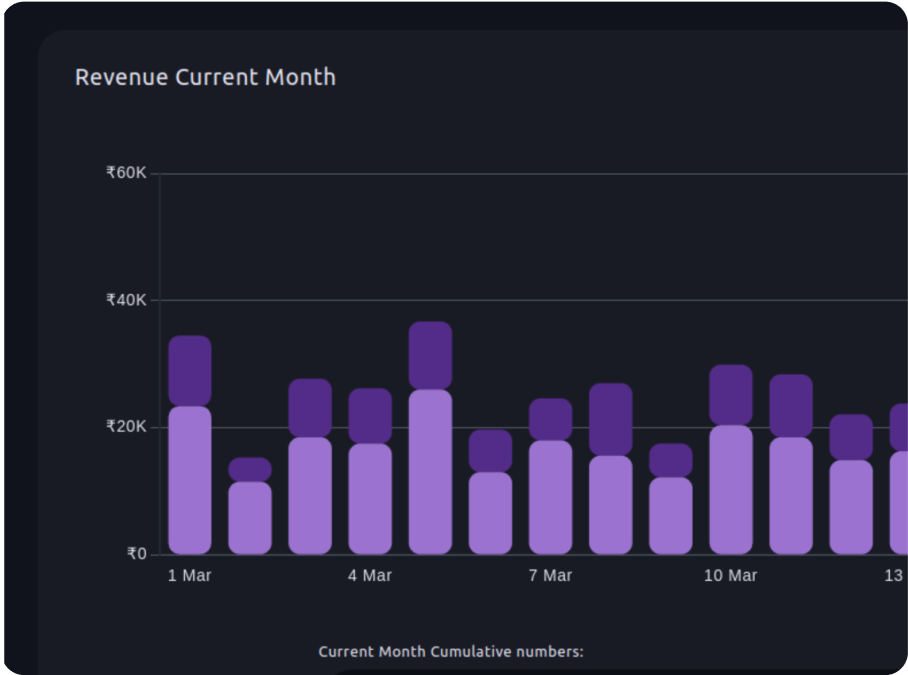
Testing, QA & Deployment
Testing:
- Pytest for API and business logic
- Jest for UI unit and snapshot testing
- Manual QA for UAT across roles (Doctor/Admin/Reception)
Deployment:
- CI/CD pipeline for staging and production
- ASGI & Daphne for real-time support
- Redis-backed queue management for smooth operations
- Hosted on secure VPS with HTTPS, backups, and audit logs
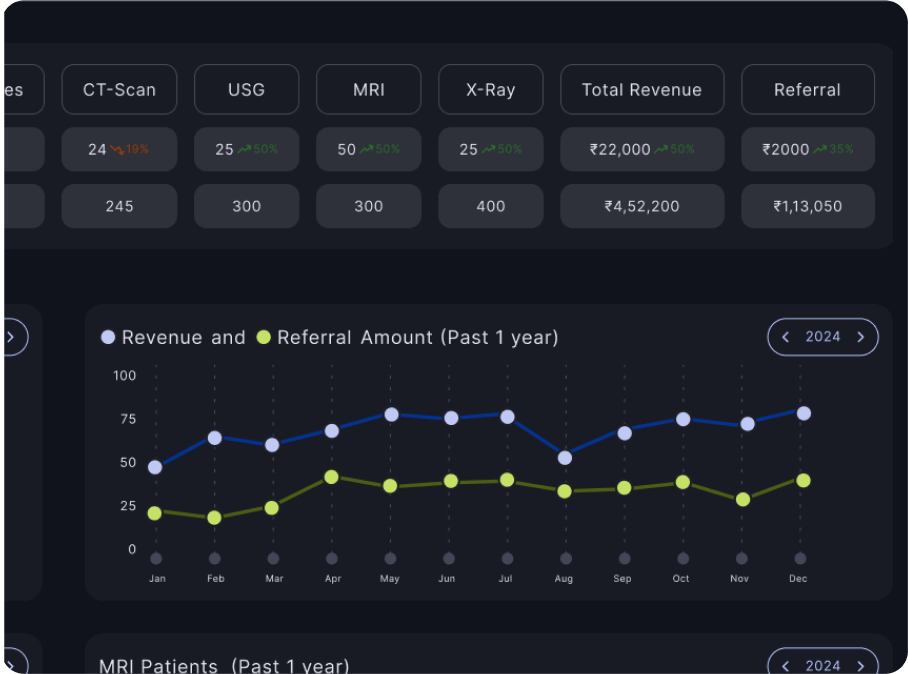
Improved Care for:
10,000+ Lives
Administrative Time
30% Reduction
Report Generation
50% Faster
Patient Throughput
20% Increase
Referring Doctor Satisfaction
25% Increase
Billing Errors
40% Reduction
Data Retrieval Time
60% Reduction
What's Next?
AnantRadio is now growing into a full hospital OS, supporting pathology labs, pharmacy systems, financial workflows, and more. Its modular core allows fast integration with future healthcare tech — from AI diagnostics to smart IoT imaging devices.
